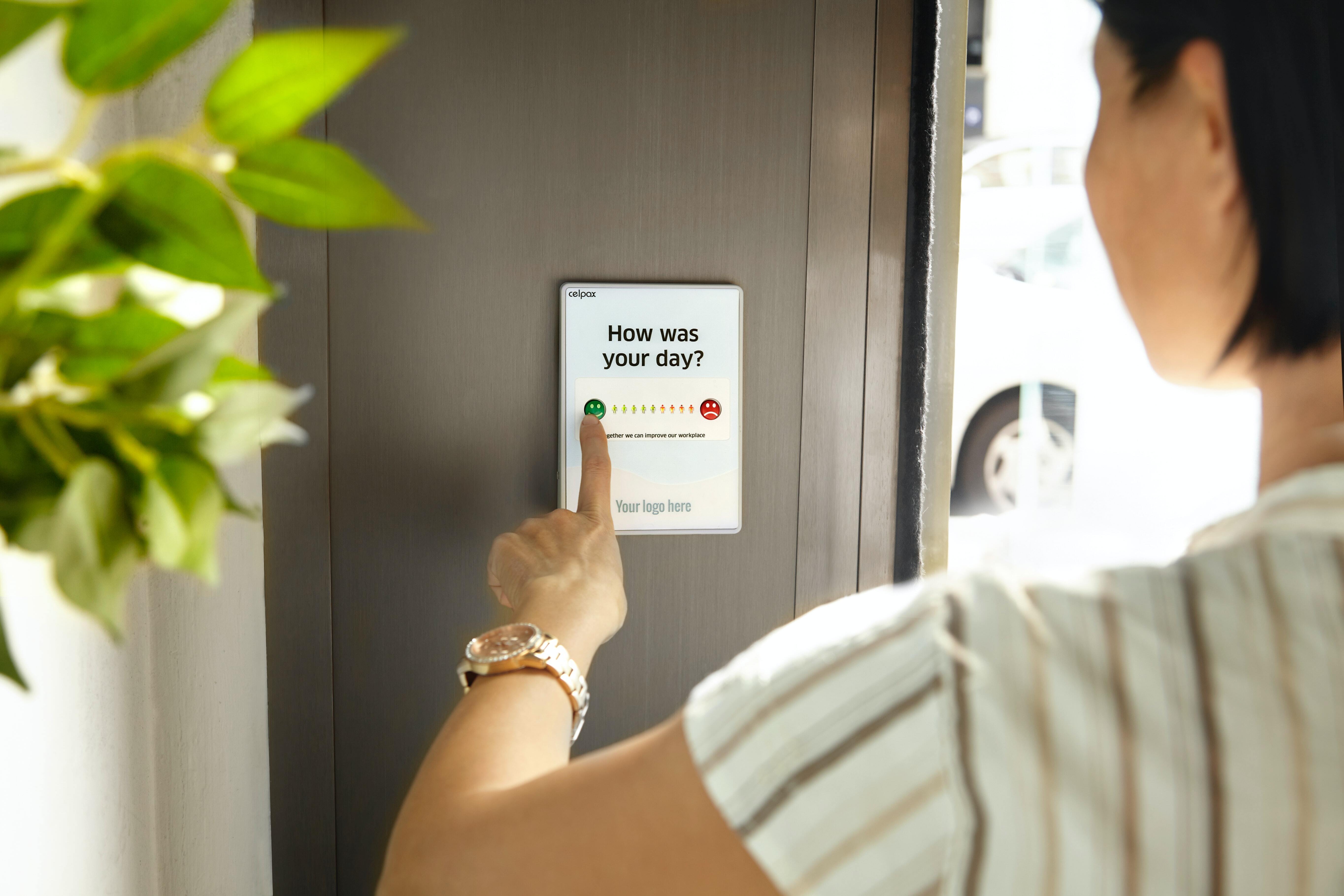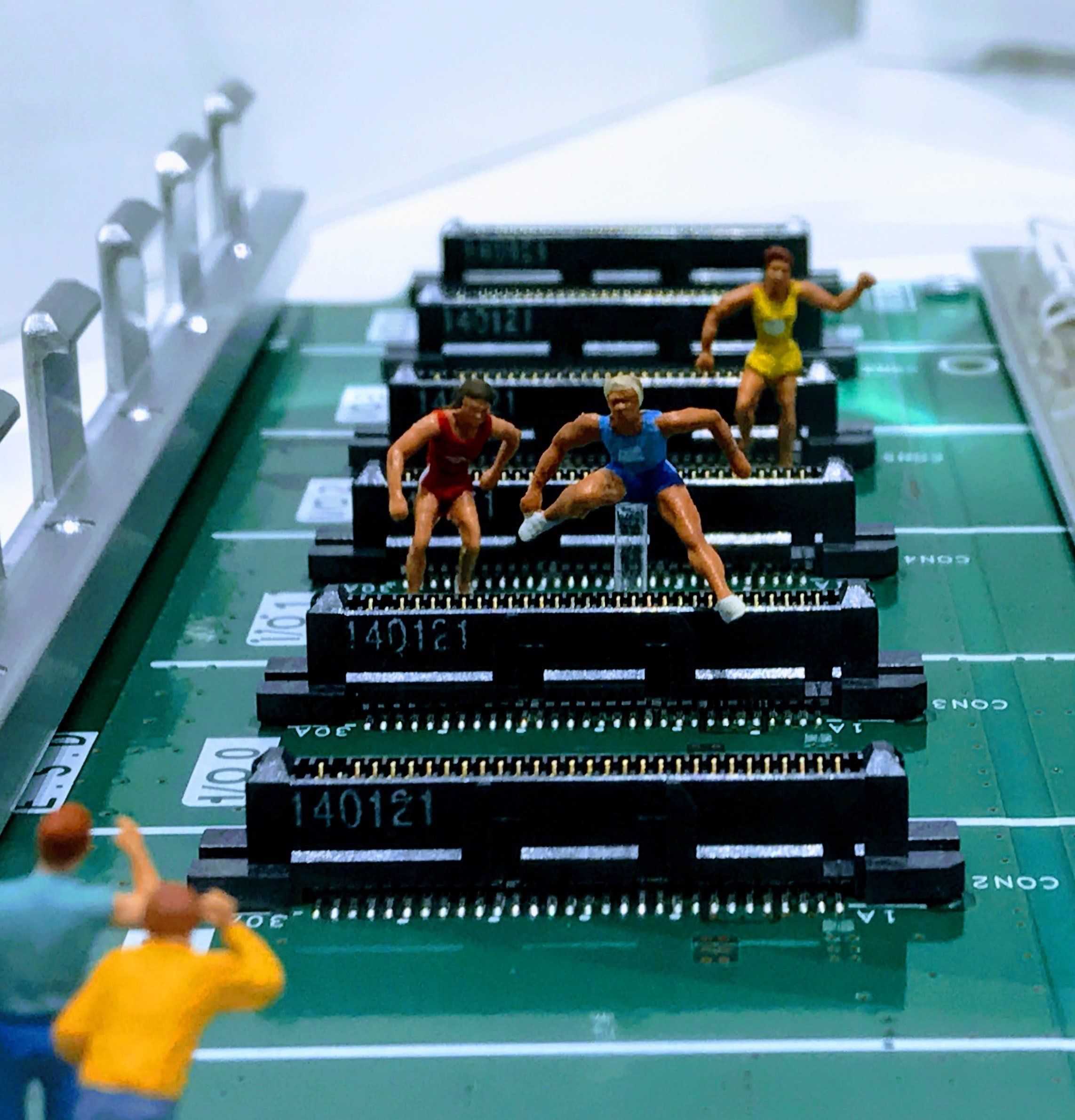Hawthorne Effect - Its Application to Productivity at Work

Photo from https://unsplash.com/
Have you ever wondered how little tweaks at your workplace could potentially increase productivity and output levels? Could the implementation of say‘Doughnut Fridays’ (where doughnuts are served at break time) or a shorter working day or having a pool table to shoot pool during working hours have an impact on the productivity level? To find out more, let’s explore the Hawthorne Effect Experiments.
The Hawthorne Experiments
The Hawthorne Experiments were carried out at Hawthorne Works (a Western Electric factory just outside Chicago) between 1924 – 1932. The scientists included in this research team were Elton Mayo, Roethlisberger and Whilehead and William Dickson. Previously other studies were carried out to decipher if individual performance could be improved with the view of “man as a machine”.
There were 4 separate experiments in the study but I am going to zoom into the following two only:
- Illumination Experiment.
- Relay Assembly Test Room Experiment.
Illumination Experiment
In the illumination experiment, the focus was to see if there was a correlation between the change in lighting and productivity. In this study it was noted that every time there was a change in lighting, output increased. Better lighting resulted in better productivity but a change to poor lighting (in one variable - candles were used) also resulted in increased output. Logically, if a manipulative variable changes, then the responding variable will draw a different result. So why was output still high?
After the experiment ended, the productivity dropped.
It was later concluded that the increased production was a result of the increased attention of the supervisors, i.e. when it got dimmer – when candle light was used, supervisors got closer to the employees, the awareness of constantly being watched increased production.
Relay Assembly Test Room Experiment
In this study, two women were asked to ask four other women to join them in this test group. The women worked together, in a separate room for five years assembling telephone relays. They had a supervisor that discussed the changes and their productivity. The variables in this study included: -
· giving breaks (with different variables - 2 five minute breaks, 2 ten minute breaks, 6 five minute rests);
· providing food during the breaks; and
· shortening the workday (by 30 mins and more and reverting to the original condition).
This study also concluded that the women despite the changes (in rest time length and its frequency, shorter or normal workdays) resulted in higher productivity. Again, it was concluded that the awareness of being watched, monitored & paid attention to by the researchers caused the high productivity levels.
Mayo's conclusions
Mayo’s initial findings were that supervisors
“needed training in understanding the personal problems of workers, and also in listening and interviewing techniques. He held that the new supervisor should be less aloof, more people-oriented, more concerned, and skilled in handling personal and social situations.”
Mayo’s findings later were more focused on job satisfaction, and they are: -
- job satisfaction increased when employees were given more freedom to determine the working conditions at their workplace and set their own productivity levels.
- job satisfaction and productivity depended on cooperation and the idea that they were appreciated and cared for.
- the opportunity to discuss changes had a direct impact on productivity.
How can Mayo’s findings work today?
Henry A. Landsberger in 1958 when analysing the experiment results, discovered that subjects alter their behaviour when under observation. This they termed the ‘Hawthorne Effect’ - a situation which arose only because people were ‘singled’ out for special treatment, or a ‘special situation’ which when created, allowed workers the freedom to air their problems. This was one of the main criticisms of the experiment.
However, despite these criticisms, can’t these findings work anyway today, in a regular setting within a company? The combination of Mayo’s initial and later findings were the basis of what we in modern times call employee engagement. Today leaders equip themselves with powerful communication tools, empower their managers to build strong teams, employ and train managers that are invested with achieving the company goals. However, for companies to be in continuous existence in ever changing times - requires transformation. How then do you prepare your teams? Changes can be hard, can cause fear and be counterproductive. How can you build a positive work culture premised on trust and accountability, with your people - the most important asset? This is how you can do it – through engagement.
5 ways you can engage with your employees
1. Check in
Whilst mid-year and year-end reviews are great for many reasons, such as promotions and bonuses; daily interactions and feedbacks are imperative today, more so with the millennials. It is advantageous to measure and check-in often as it allows you to make things better or rectify any shortcomings (perhaps through additional support or training and development). Set the team up for success and remember to reward them with recognition.
What structures do you have in place in your organisation that enables you to check in on your employee? Psst: let technology do the heavy weightlifting and enable continous feedback.
2. Get the right person for the role
It is not only important to get the correct person for the role but also for the company. Besides taking on employees that can align with the company’s targets and goals - continuous huddling amongst team members to forge relationships is central to productivity.
Getting the right person for the role could also mean allowing your employees to choose their team members. It could be someone they have worked with; someone they trust or someone they just jive with! We saw benefits of this in the Relay Assembly Test Room Experiment above where the two women were given the opportunity to choose four other women to work with.
Once suitable candidates are chosen, roles must be defined. Defined roles ensure ownership of tasks - ownership leads to accountability and eventually productivity.
These supplementary articles may interest you:
Five Essential Drivers of Employee Engagement
Micromanage If You Want Zero Engagement
3. Employee diversity
Being inclusive and taking on diverse cultural, gender, language, education background, skills, and abilities in your workplace has many benefits. Besides bringing to the table different perspectives, skills, and experience, it also means achieving creative solutions in a shorter period of time. This gives your establishment a competitive edge over your competitors.
4. Regular engagement
How often are the senior level management meeting and talking about work-related challenges faced by employees? For instance, in this pandemic, we face our computer or laptops all day and work longer hours. Its causing anxiety attacks and other serious health issues. Are the employers discussing, or engaging external help to manage this situation? Regular and positive high-level engagement with the implementation of fresh work policies and solutions that cascade down to the employees will uplift the morale and impact productivity positively. This we also saw in the experiment.
Industry giants, like Apple and Google, do not become key leaders overnight. They all have in place powerful engagement tools that allows them to tap into employee murmurs, engage and come up with policies that allow some leeway to the employees and in return great things were created like Gmail.
5. Celebrate achievements
We are always working towards the finish line and in doing so we are pushing boundaries and breaking barriers. When was the last time you and your team time took time to celebrate the little wins? A little after work party or a good therapeutic massage session to celebrate, are just some of the small changes your company can implement to give your employees a sense of belonging.
Personal happiness at a workplace retains talents. If your company hasn’t focused on employee engagement, then this is your calling!
Stay on this subject. Watch this Leaderonomics interview and listen to intriguing insights from Patrick Bensen, an organisational psychologist.
Technology can help us take advantage of the Hawthorne Effect. Many managers have no time to listen, checkin and connect with their employees. Check out Happily (or Budaya for those from Indonesia) - an amazing engagement app built for organisation to drive engagement amongst employees. It has amazing analytics and also provides activities for employees to be fully immersed in the organisation's culture and values. Best of all it has features that help you truly take advantage of the Hawthorne Effect, like Townhall (to enable employees to discuss issues), a gym (for employees to work out) and even recognition coins (for employees to give each other and recognise each other). To find out more, click here or email info@leaderonomics.com
Leadership
Kiran Tuljaram, formerly the Lead Editor at Leaderonomics, now brings her expertise to a Culture and Engagement team at a telco. With a background as a trained lawyer, she spent nearly a decade in the banking industry before venturing into entrepreneurship. Following her tenure as a Legal Manager at a bank, Kiran founded and successfully ran multiple businesses, including her own fashion accessories label. Alongside her professional pursuits, she is a devoted mother to three girls. Her diverse experiences in banking, entrepreneurship, motherhood, employment, social work, and as a managing director have given her invaluable insights and a unique perspective on the critical role of leadership in organisations.





